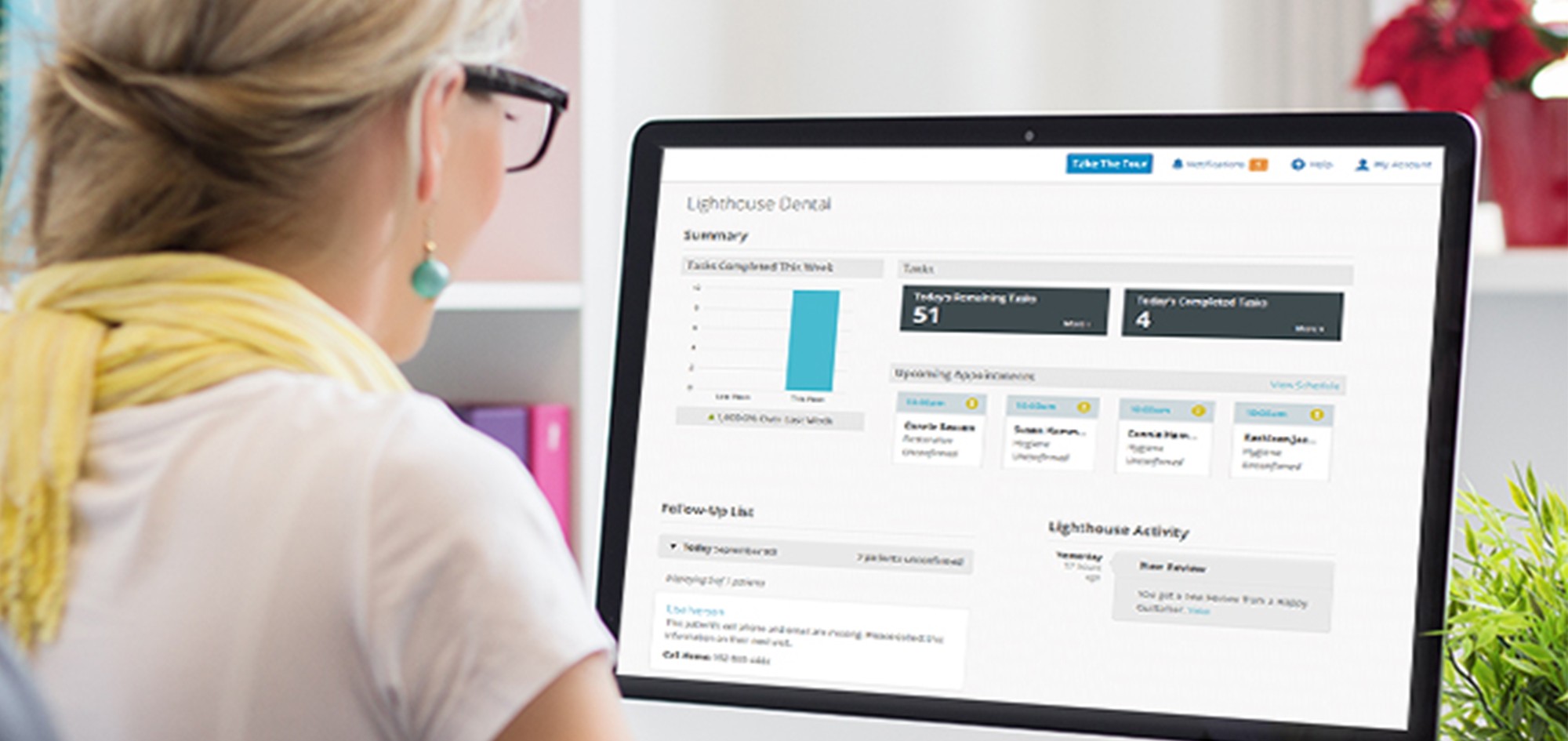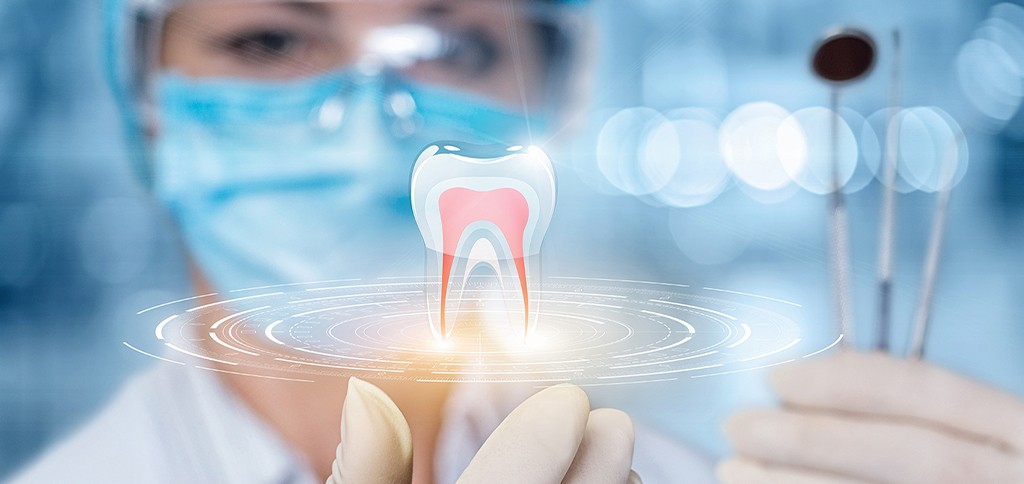Workflow equals systems. We all have systems in our offices. Some systems were designed and refined, and others just happened by accident. A system is the process we use to accomplish a task in the office. For example; how do you create a new chart? How do you confirm appointments? How do you get charts from the file room to the treatment room?
Many systems start with the collection of data that is then acted upon to achieve an objective. The action is the application of the data. For example, we can collect data by looking at the appointment book to see who is scheduled for the following day, get more data in the form of a phone number from the patient chart then apply that data by phoning to confirm the appointment. Data and application, that is a system. Following the system is workflow.
Using our simple example of calling to confirm an appointment we can follow the evolution of digital workflow. Traditionally the data was on paper, in an appointment book and a paper chart. The staff person collected the data then applied it by calling. The next step is a hybrid. The data is stored on a computer rather than on paper. The staff person gathers the data from the computer, a much faster and easier task than getting it from paper. Then he/she applies it in the same manner as before by calling to confirm.
The third step is digital workflow. The data is stored on the computer however it is not gathered or acted upon by a person. A computer application or e-service collects the data and applies it by creating a reminder with no human interaction. It is completely digital.
A human sets up and manages the e-service but no one needs to do anything on a daily basis. No looking up data, no calling, no typing a text or an e-mail, no humans involved.
Digital workflow is faster, more accurate and less expensive than the traditional paper or hybrid systems.
Original post: https://emmottontechnology.com/management/digital-workflow-4/
#digitaltechnology #dentaltech #dentalpracticemanagement #dentalscheduling #paperlesstechnology









